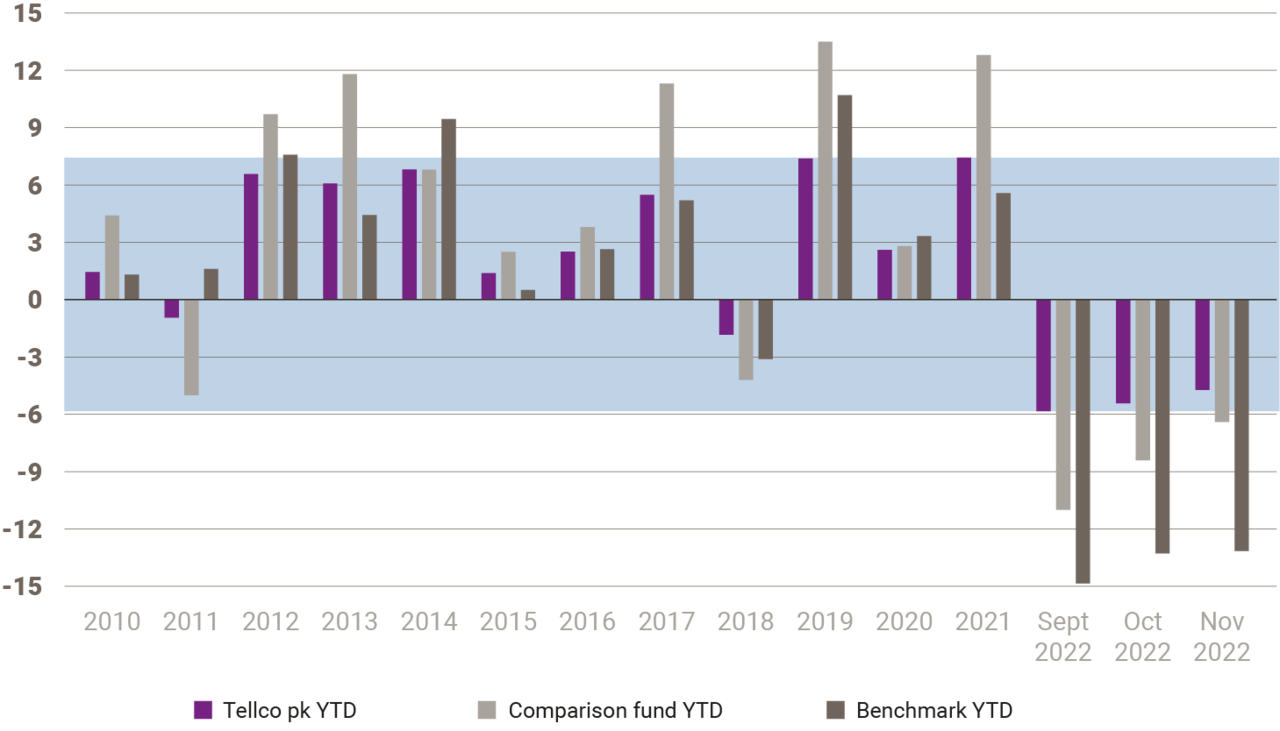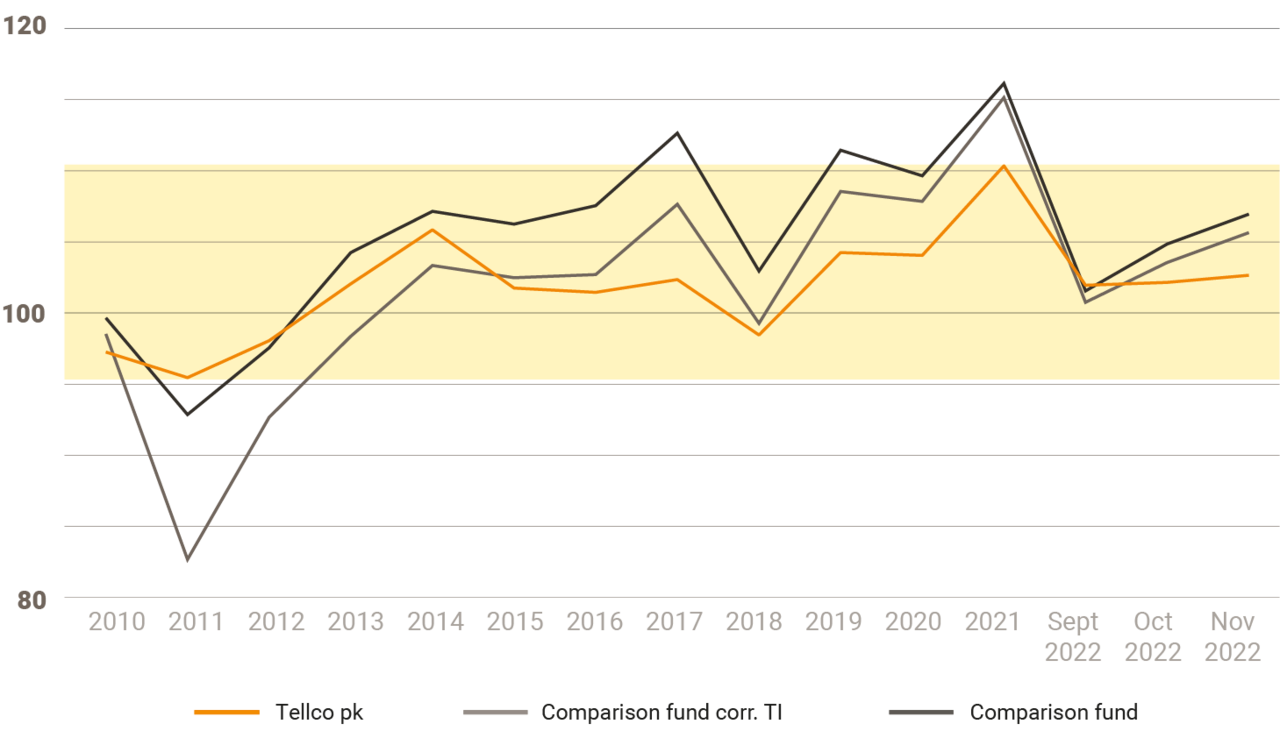The supplementary benefits reform will enter into force on 1 January 2021. The aim is to rid the system of false incentives and save costs in the process. The reform involves an interesting improvement for older unemployed people in the second pillar, too. They can now opt to maintain voluntary insurance cover with the pension fund, allowing them to secure their pension entitlement.
At the moment, if you lose your job at the age of 58, then you automatically leave the second pillar. The retirement savings you have built up then have to be transferred to a vested benefits foundation. Unlike pension funds, vested benefits foundations usually do not pay out any pensions when you reach retirement age, but rather only pay out the capital. This means that you no longer receive any pension fund pension.
«Older unemployed people aged 58 or over now have the option of maintaining voluntary insurance with their pension fund.»
Once Tellco pkPRO is informed that your employment relationship has been terminated after the relevant point in time, we will provide you with information on the options available to you for continuing your insurance and the conditions that apply. You then have one month’s time to decide whether you want to remain insured and keep your entitlement to the pension fund pension.
You pay the contributions
If you decide to continue with your occupational pension benefits in the second pillar, then your insurance will remain in place in the same scope as before. This means that there will be no change in the interest rate, conversion rate or pension. The contributions, however, will change. You will pay all of the contributions, i.e. those previously paid by both you as an employee and your employer, yourself. This means that you will pay the contributions for the risks of death and disability and the administrative costs, as well as the savings contributions where appropriate.
If you have withdrawn pension fund assets for the promotion of home ownership, you can repay these amounts based on the same rules if you volunteer to continue your insurance. This increases your retirement capital and means that you receive a higher pension once you retire.





